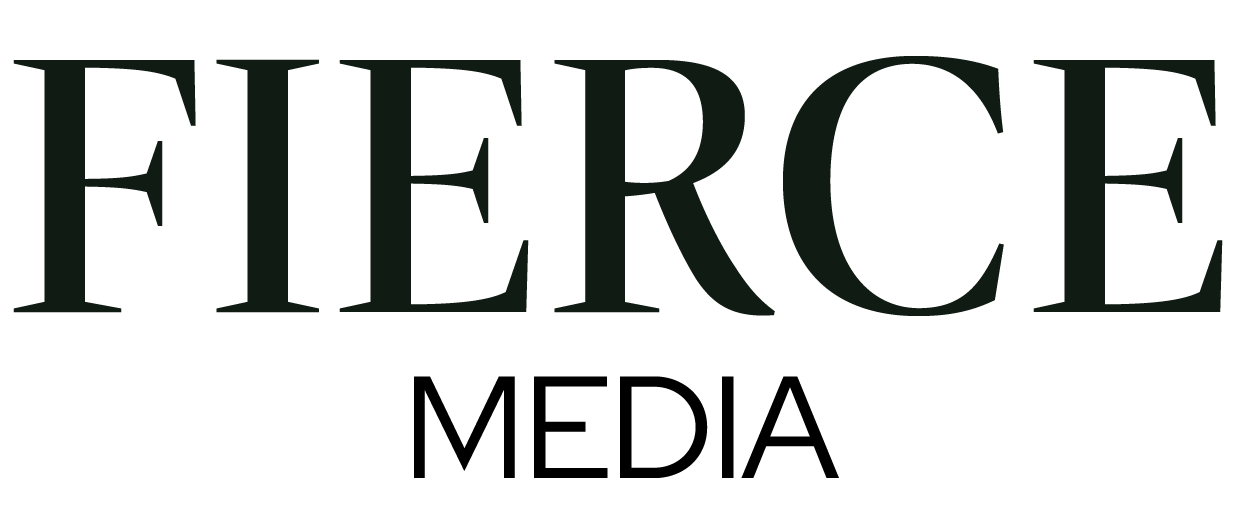Segmentation Strategies: Maximizing Email Marketing Effectiveness
Email marketing continues to be a powerful tool for businesses to connect with their target audience. In today's competitive landscape, personalization and relevance are key to keeping your audience engaged and converting leads into loyal customers.
One of the most effective ways to achieve this is through segmentation. In this blog post, we will explore segmentation strategies that will maximize the impact of your email marketing campaigns, ensuring your messages resonate with your recipients and keep them eagerly anticipating your next email.
Know Thy Audience:
The first rule of segmentation is knowing your audience inside out. Take a closer look at your subscriber data, gather insights, and understand their preferences, behaviors, and interests. With this wealth of information, you can segment your list into smaller, more targeted groups that make sense for your business.
Demographics: Dividing and Conquering:
One of the easiest ways to segment your email list is through demographics. Age, gender, location, job title - these details can help you create personalized content that speaks directly to the needs of each group. Imagine crafting an email campaign specifically for young professionals in Toronto or busy families in the suburbs. It's like speaking their language!
For example, an automotive retailer could tailor their email content based on the different customer demographics.
For young professionals in urban areas, the retailer could showcase the latest models with cutting-edge technology and eco-friendly features, appealing to their desire for modern, efficient vehicles that suit their urban lifestyle.
On the other hand, for families living in suburban or rural regions, the focus could shift towards spacious and safe SUVs, highlighting family-friendly features and reliability for long journeys.
Behavioral Segmentation: Tracking Actions
People behave differently when interacting with your emails. Understanding your subscribers' actions and interactions with your previous emails is a powerful way to tailor future communications. Track their click-through rates, purchase history, and website activity to identify specific behavioral patterns. For example, if a segment of subscribers consistently clicks on links related to a particular product category, you can send them targeted emails with exclusive offers on those products.
Past Purchase History: Repeat or Upgrade?
Every subscriber goes through various stages in their relationship with your brand, from new leads to loyal customers. If your business revolves around products or services, segmenting based on past purchase history is a no-brainer. Identify your loyal customers, recent buyers, or those who abandoned their carts. Craft personalized emails that recommend complementary products, offer exclusive discounts, or simply show appreciation for their loyalty.
Nurturing New Subscribers: The Welcome Journey:
Ah, the sweet smell of a new subscriber! A well-thought-out welcome email series can do wonders for building a strong relationship from the get-go. Segmenting your new subscribers and taking them on a nurturing journey can lead to better engagement and higher chances of conversion.
Tailored Content for Interests:
Personalization goes beyond just addressing your subscribers by their names. Consider using dynamic content blocks that adapt to individual preferences, interests, or locations. Segmenting based on interests ensures that your subscribers only receive content relevant to their preferences. Whether it's automotive, technology, or real estate tips, make sure you're hitting the right chords with each segment.
Re-engagement Campaigns: Bringing the Ghosts Back:
A well-segmented email list can help you identify inactive subscribers. But instead of letting them slip away, target these inactive subscribers with a re-engagement campaign. A well-crafted email with a tempting offer or a heartfelt message might be all they need to come back into the fold. Offer incentives, such as exclusive discounts or free resources, to encourage them to interact with your brand again.
Test and Optimize:
As with any marketing strategy, testing and optimization are crucial to success. A/B test different subject lines, and content variations, and send times to understand what resonates best with each segment. Continuously analyze the results and adjust your approach accordingly.
Email marketing can truly shine when it's built on a foundation of segmentation. By taking the time to understand your audience and tailor your messages accordingly, you can create personalized and engaging email campaigns that resonate with your subscribers. Utilize demographic data, behavior patterns, and lifecycle stages to segment your list effectively. Remember, the key to email marketing success lies in providing value to your audience, and segmentation is the tool that empowers you to do just that. So, embrace these strategies, and watch your email marketing effectiveness soar to new heights!

